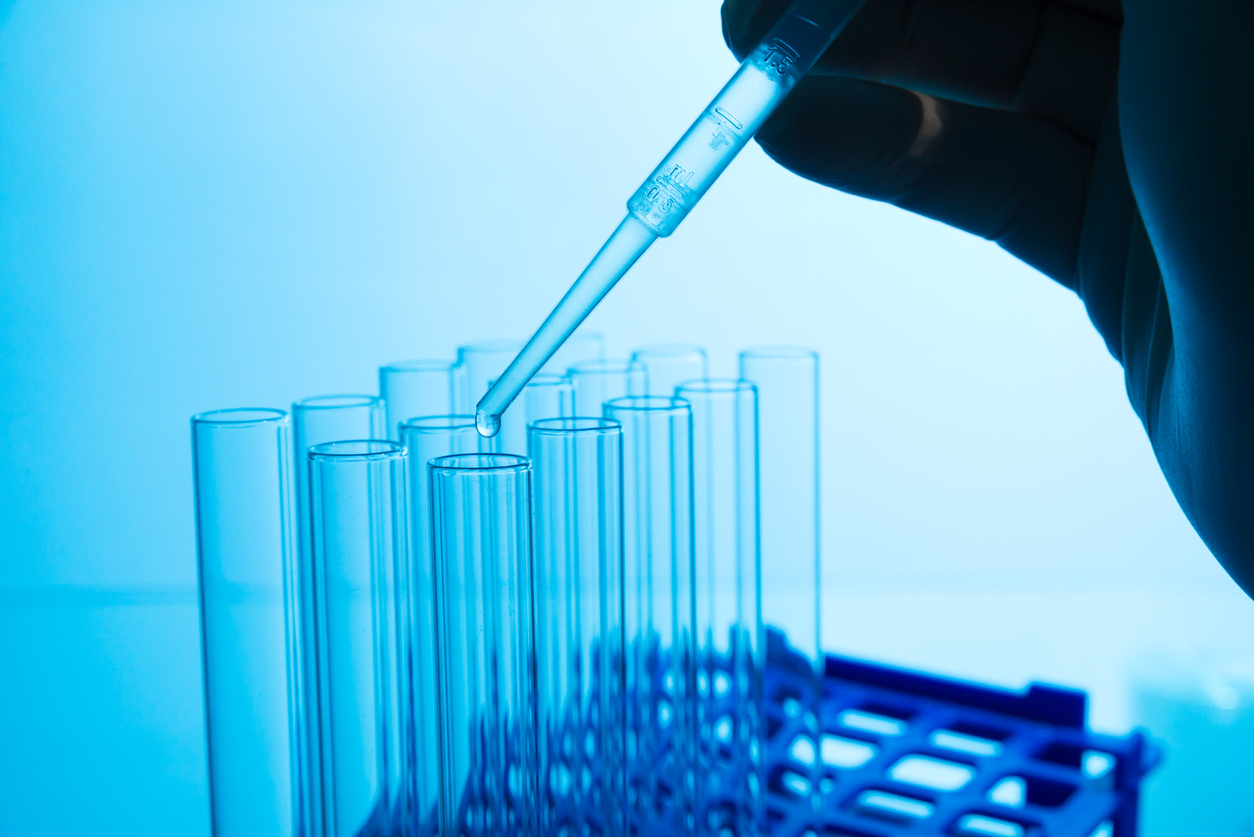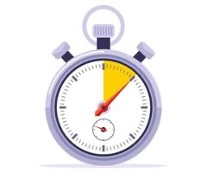
Section 216 of the Protecting Access to Medicare Act of 2014 (PAMA) was intended to reduce Medicare spending on lab testing by implementing a market-based fee schedule and was prompted by the recognition that Medicare was paying higher rates for many tests than were private payers.[1]
 |
– Next phase in of up to 15 percent reductions begins January 1, 2023– Next round of data reporting starts January 1, 2023
|
PAMA required the Centers for Medicare & Medicaid Services (CMS) to set prices for clinical diagnostic lab tests paid under the Medicare Clinical Laboratory Fee Schedule (CLFS) on private payer rates that it collected using payment data from clinical labs nationwide.[2] Under PAMA, the first set of Medicare CLFS payment rates resulted in reimbursement cuts for many lab tests of up to 10 percent per year in 2018, 2019, and 2020.
As a result of the COVID-19 public health emergency, no reductions were introduced in 2021 or 2022 and lab reporting of private payer data was delayed several times.
However, currently, reductions of up to 15 percent each year (i.e., in 2023, 2024, 2025) for lab tests reimbursed under the CLFS will begin on January 1, 2023. Additionally, the next data reporting period for labs is scheduled for January 1, 2023, through March 31, 2023. The reporting will be based on the original data collection period of January 1, 2019, through June 30, 2019.[3]
Is there an opportunity to stop the scheduled reductions?
Because of several recent key developments related to required price reporting to Medicare for clinical labs under PAMA, the clinical laboratory industry is hopeful that the PAMA cuts scheduled to resume on January 1, 2023, as well as other aspects of PAMA’s price reporting requirements can be permanently reformed.
 |
– PAMA data collection methodology not representative of entire lab industry– Potential legislation to stop PAMA cuts for 2023 and beyond |
A key issue revolves around CMS’s initial definition of an applicable laboratory that excluded most hospital outreach labs. Because hospital labs typically receive higher reimbursement than independent and national labs, many contended that the omission of data from these labs led to lower CLFS prices in the first round of cuts. The lab industry has consistently argued the need for a more proportionate amount of hospital data to be used in calculating PAMA rates.
In 2019, Congress passed the Laboratory Access for Beneficiaries (LAB) Act, which delayed the reporting of lab payment data required by PAMA by one year and required the Medicare Payment Advisory Commission (MedPAC) to report on the least burdensome data collection process that would result in a representative sample of private payer rates from all laboratory market segments.[4] In its final report, MedPAC concluded that the original CMS data collection process led to deeper payment cuts than would have occurred had price reporting been more representative of the industry as a whole. The commission proposed a random-sampling approach to collecting lab pricing data that could address this problem, while also reducing the number of labs required to report data. Such an approach would reduce the overall administrative burden on the lab industry.[5]
In response, in June of this year, Congress introduced bipartisan legislation to permanently update the laboratory reimbursement reporting requirements under PAMA. The Saving Access to Laboratory Services Act (SALSA) would require CMS to use a statistically representative sample of rates from independent labs, hospital labs and physician office labs to determine Medicare’s CLFS payment amounts. Further, the legislation would increase the length of time between data collection periods to four years (currently it is every three years).[6]
Currently, PAMA limits how much a test’s reimbursement can be reduced each year in the first six years of PAMA’s implementation, but there are no limits on payment reductions in future years, nor limits on rate increases. The SALSA Act would set annual limits on year-to-year payment rate reductions and increases effective January 1, 2023. Specifically, SALSA would cap the maximum price cut a test could experience in a year at 5 percent (PAMA currently caps annual price cuts at 15 percent). Moreover, the bill also puts a cap of 5 percent on the amount a test’s price can increase each year.[7]
“The creation of a limit for both rate reductions and increases is a constructive way to create stability for both the Medicare program and labs by protecting against rapid payment reductions and rapid spending increases,” noted Jim Scott, President and CEO of Applied Policy. He added that attaching SALSA to an end-of-year spending package could be a plausible vehicle for passage.
SALSA was introduced in June by Sens. Sherrod Brown, D-Ohio, and Richard Burr, R-N.C., and Reps. Gus Bilirakis, R-Fla., Richard Hudson, R-N.C., Bill Pascrell, D-N.J., Scott Peters, D-Calif., and Kurt Schrader, D-Ore.
[1] Levinson DR. Comparing Lab Test Payment Rates: Medicare Could Achieve Substantial Savings. Department of Health and Human Services. Office of Inspector General. OEI-07-11-00010. June 2013.
[2] https://www.govinfo.gov/content/pkg/PLAW-113publ93/pdf/PLAW-113publ93.pdf
[3] https://www.cms.gov/medicare/medicare-fee-for-service-payment/clinicallabfeesched/pama-regulations
[4] https://www.congress.gov/bill/116th-congress/senate-bill/3049/all-info
[5] https://www.medpac.gov/wp-content/uploads/2021/10/Jun21_Clinical_Lab_MedPAC_Contractor_SEC.pdf
[6] https://www.congress.gov/bill/117th-congress/house-bill/8188?s=1&r=10
[7] Ibid.


